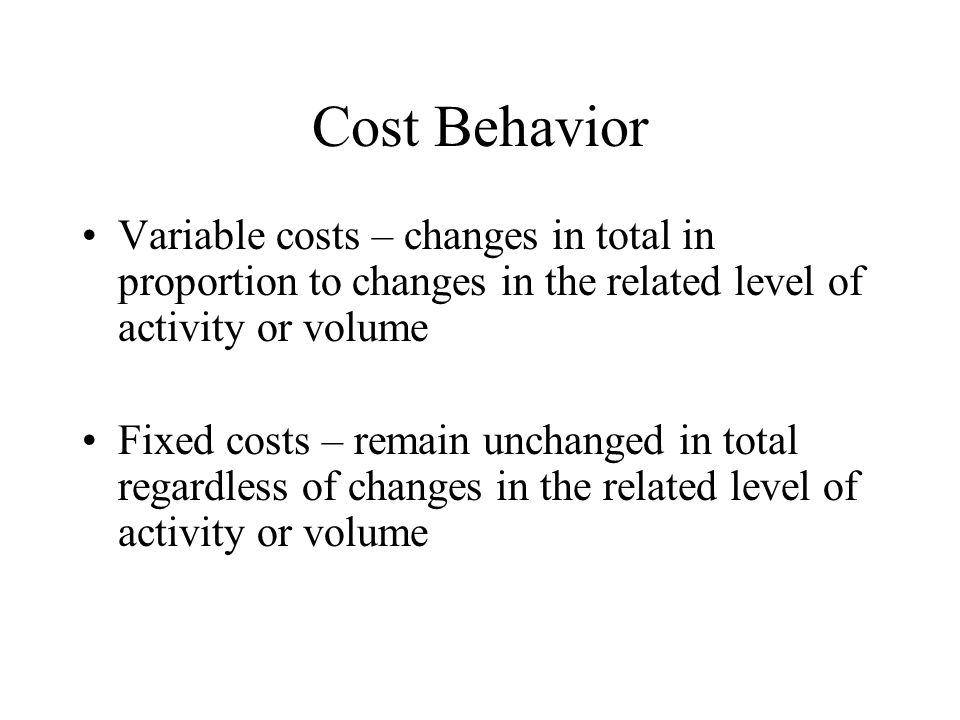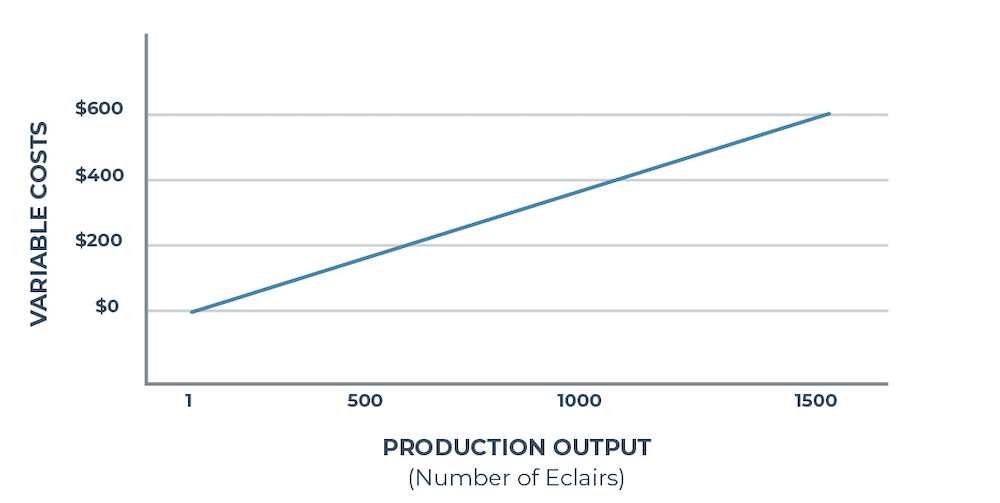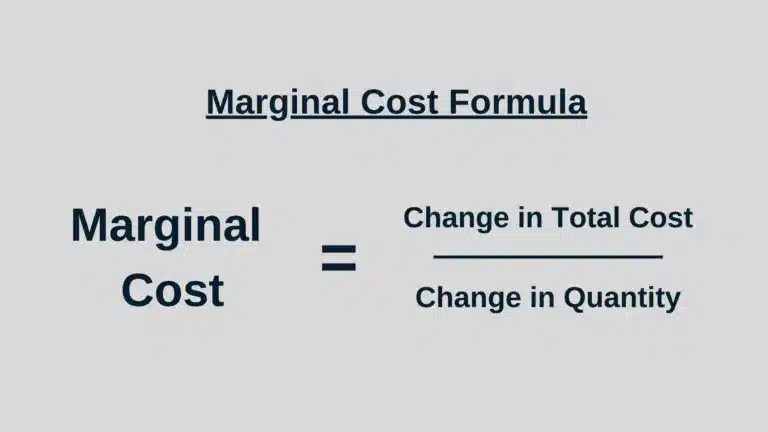A Cost That Changes In Total In Proportion

Urgent alert: Fuel costs are skyrocketing, directly impacting supply chains and consumer prices nationwide. This proportional increase threatens to destabilize markets and exacerbate existing inflationary pressures.
The escalating cost, which changes in total in proportion to consumption, is primarily driven by surging crude oil prices and geopolitical instability.
The Immediate Impact
Transportation costs are immediately affected. Shipping companies, trucking firms, and airlines are all reporting significantly higher operating expenses.
These increased expenses are being passed down to consumers. Expect to see higher prices on everything from groceries to electronics.
Supply Chain Disruption
The proportional cost increase amplifies existing supply chain vulnerabilities. Businesses operating on thin margins are particularly vulnerable.
"We're seeing fuel surcharges rise weekly," stated John Smith, CEO of National Logistics Corp., during a press conference earlier today.
Reduced transport availability directly impacts agricultural distribution.
Data Points and Projections
Crude oil prices have surged over 20% in the last month alone, according to the Energy Information Administration (EIA).
Gasoline prices are now averaging $4.50 per gallon nationally, a record high. This increase is felt at every level.
The U.S. Bureau of Labor Statistics reports that transportation costs contributed significantly to the latest Consumer Price Index (CPI) increase.
Who is Affected?
Every sector of the economy feels the impact, from agriculture to manufacturing.
Low-income households are disproportionately affected. Rising fuel costs consume a larger percentage of their income.
Small businesses are struggling to compete with larger corporations that have greater financial resources. Many small businesses will face difficult decisions.
Where and When?
The rising fuel costs are a nationwide phenomenon. However, some regions are experiencing more acute effects due to regional transportation infrastructure.
The peak impact is expected within the next two to three weeks. Experts warn prices could climb even further.
"We anticipate continued volatility in the energy markets," warned Dr. Emily Carter, an energy economist at the University of California, Berkeley.
The Global Context
Geopolitical tensions, particularly the war in Ukraine, are major contributors. Sanctions and supply disruptions are driving up global energy prices.
Increased demand from recovering economies is also playing a role. Demand increase coupled with reduced supply increase will drive up price.
Government Response
The Biden administration is considering several measures to alleviate the burden. Options include releasing more oil from the Strategic Petroleum Reserve.
Calls for suspending the federal gas tax are growing. However, economists caution this may only provide temporary relief.
What Comes Next?
The situation remains highly volatile. Monitor prices closely, and adapt to changing conditions.
The government is expected to release its energy forecast. The document will offer more insight on long term costs.
Businesses should explore fuel-efficient practices to mitigate costs. Consumers are urged to plan their travel and conserve fuel where possible.


















